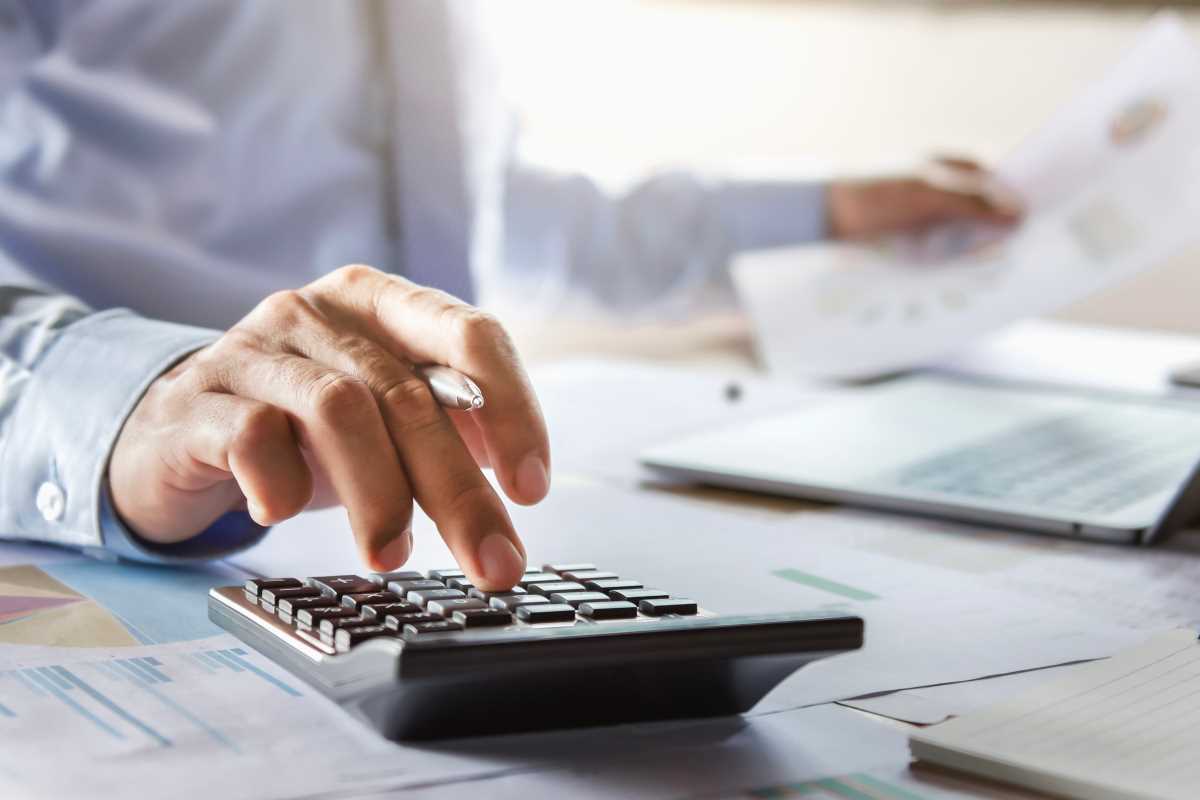An emergency fund is a financial safety net that can provide a sense of security and peace of mind during uncertain times. Building an emergency fund is an essential step towards achieving financial stability and preparedness for unexpected expenses. Here are some key steps to help you build an emergency fund and improve your overall financial well-being.
Setting a Realistic Savings Goal
Setting a realistic savings goal is the first step in building an emergency fund. Experts recommend saving between three to six months' worth of living expenses to cover unexpected costs such as medical emergencies, car repairs, or job loss. Calculate your monthly expenses and set a target amount to save over time.
Creating a Budget and Cutting Expenses
Creating a budget is crucial for managing your finances and identifying areas where you can cut back on expenses to save money. Review your spending habits, prioritize essential expenses, and eliminate non-essential purchases to increase your savings rate. Consider automating your savings by setting up automatic transfers to your emergency fund each month.
Choosing the Right Savings Account
Selecting the right savings account is essential for maximizing your emergency fund growth. Look for high-yield savings accounts or money market accounts that offer competitive interest rates to help your savings grow faster. Compare different financial institutions and choose an account with low fees and easy access to your funds when needed.
Building Savings Gradually
Building an emergency fund takes time and discipline. Start by saving small amounts regularly and gradually increase your contributions as your financial situation improves. Consider allocating windfalls such as tax refunds, bonuses, or raises towards your emergency fund to accelerate your savings progress.
Avoiding Temptation and Maintaining Discipline
It's important to resist the temptation to dip into your emergency fund for non-essential expenses. Maintain discipline by keeping your emergency fund separate from your regular checking account and avoid using it for discretionary spending. Remember that the purpose of an emergency fund is to provide financial security during unexpected circumstances.
Reassessing and Adjusting Your Savings Strategy
Periodically reassess your savings goals and adjust your strategy based on changes in your financial situation. Increase your savings target if your expenses rise or if you experience a decrease in income. Stay committed to building your emergency fund over time to achieve long-term financial peace of mind.
By following these essential steps to build an emergency fund, you can create a strong financial safety net that provides you with peace of mind and financial security during challenging times. Start saving today and take control of your financial future by prioritizing your emergency fund.
 (Image via
(Image via





